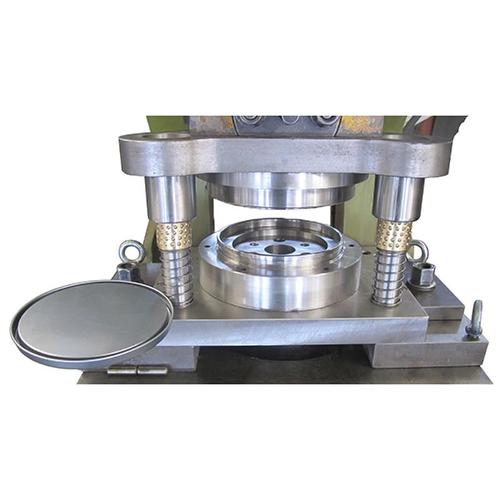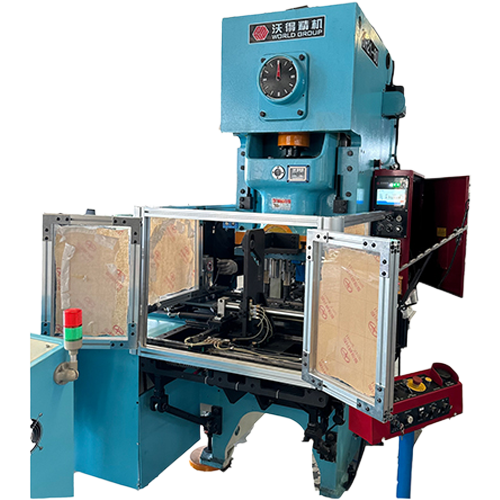Moulds and their uses
Molds are used in many industries, such as automobiles, electrical appliances, industrial equipment, etc. These molds are typically made of quenched steel, iron, or aluminum. They are used to make mechanical components such as pumps, wheels, brackets, and pistons. However, they can also be used to make more complex parts. Its applications also include wire drawing, extrusion and powder metallurgy.
In most cases, the mold will consist of two parts ——one for the “male” part and the other for the “female” part. The metal or other plastic material is then poured into the mold cavity and allowed to harden. Next, a device is placed inside the cavity to separate the two parts and push out the finished product.
Molds are used to cast simple and low-cost parts, but are also used to make complex parts that are difficult to produce. The process is generally low cost, although there are some problems with setting shrinkage and oxide formation. And the whole process takes a long time. The usual production batches can reach hundreds of thousands of pieces.
There are many types of molds, including plastic molds, metal molds, and paraffin molds. Plastic molds are often used for softer materials. Metal molds are more durable and cheaper to produce. Aluminum molds are often used for rapid prototyping.
Unlike injection molding, die casting is a high-yield, low-cost manufacturing process. It is usually water cooled to reduce the cost of individual parts. This may be a good option for manufacturers looking to produce complex small parts. Many manufacturers use both metal and plastic molds.
Metal injection molding is similar to die casting, but uses more advanced materials. The process is faster and can produce parts with lower costs and more complex structures. For example, it can be used to make small car wheels with gears. However, this process is not so common.
The mold casting process is another high-yield, high-quality production method. It uses a metal mold combined with a gravity-type metal conveying system. Although this process costs less than die casting, it is not cost-effective for small-batch production.
Both processes have advantages and disadvantages. The die casting process is less expensive and has fewer subsequent processing steps. However, it can only cast thin-walled parts. Mold casting enables the casting of a wide variety of parts, including wheels, gears, automotive pistons, and pump impellers. Furthermore, the design freedom of mold casting offers endless possibilities.
A major advantage of type casting is its ability to produce castings in large quantities. Despite its advantages, the process is slow, typically taking 4 to 10 minutes to produce at a time. Furthermore, the parts produced are often larger than the final castings. Another disadvantage of this process is the need to use expensive and specialized molds.
If you plan to make your own components, it is very important to know which process is right for your needs. If you need to produce in small or medium batches, you may want to consider using a die casting process. And if your production volume is large, you may be inclined to choose the metal injection molding process.

Recommended Products


 EN
EN
 中文简体
中文简体 English
English













